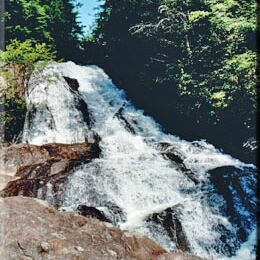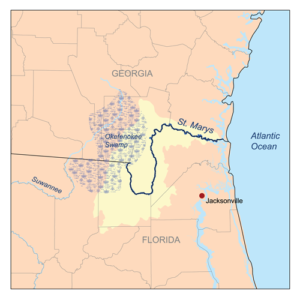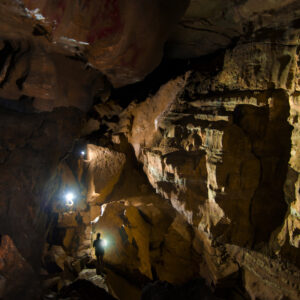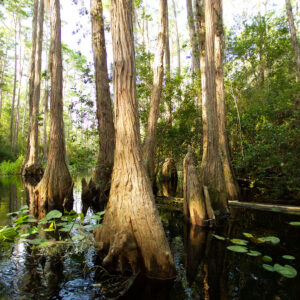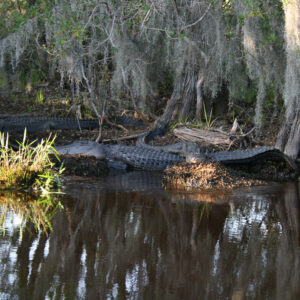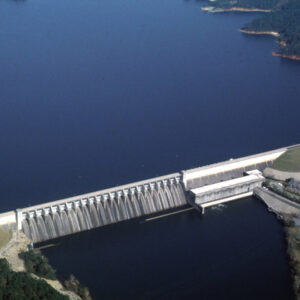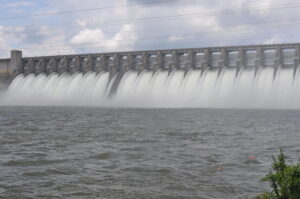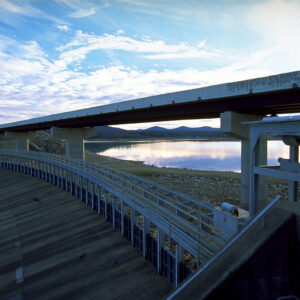
Lake Nottely, also known as the Nottely Reservoir, is in the northwest corner of Georgia in the Chattahoochee National Forest and lies in the southeastern region of the Tennessee River watershed. The reservoir is located entirely in Union County and was formed in 1942 when the Tennessee Valley Authority, a corporate agency of the federal government that provides electricity, constructed the Nottely dam on the Nottely River. The dam was built for a variety of reasons, including power generation, flood damage, and recreation.
The nearest town is Blairesville, but the area has historically been inhabited for many centuries as there are various Native American settlements and farms that existed prior to the removal of the Cherokee in 1838. The US Forest service protects about 70% of Lake Notelly’s shoreline, meaning it has some of the best beach access, scenery, and fishing in all of Georgia.
Sources:
“TVA Nottely Dam and Reservoir.” Tennessee River Valley, https://tennesseerivervalleygeotourism.org/entries/tva-nottely-dam-and-reservoir/36303fd5-1c0f-4ba9-972d-00a4adf1c1c0.
Online, Lake Notelly Map. Nottely Lake Map, http://nottely.uslakes.info/Maps/.
“Outdoor Recreation.” Union County Government, https://www.unioncountyga.gov/visitors/outdoor-recreation/.
